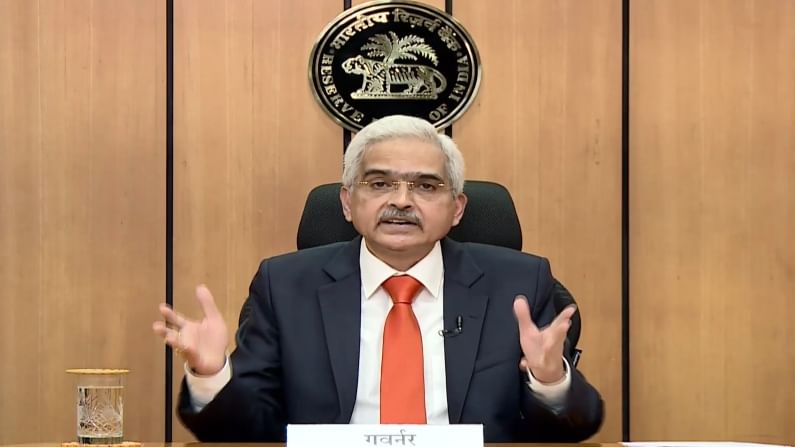For Aam Aadmi, especially senior citizens, government securities could be a boon
Like FDs, income on the G-secs will be taxable. If sold before one year, the income will be taxed at the normal rates

Prithvi Singh was pleasantly surprised to hear Reserve Bank of India Governor Shaktikanta Das throw open the doors for investment in government securities (G-secs) to ordinary investors like him on Friday. He retired recently and was at wit’s end how to allocate the provident fund money to different savings and investment options.
For the stock-shy investor, options are limited and G-sec promises to be a suitable and reliable parking station. Financial experts say at least two-third of middle-income groups do not trust the stock market because of its volatility and are wary of entering the mutual fund arena in a big way.
“I can put ₹15 lakh, which is the maximum permissible limit, in the senior citizen’s saving scheme and another ₹4-5 lakh will go to postal savings,” Singh said adding, “these options will cover half of my PF money. I cannot put rest of the money like bank fixed deposits in a sliding interest rate scenario”.
There is no question G-Sec will compete with FDs and banks will literally have a run for their money. If held till maturity, a G-Sec will offer locked-in interest rates over the period and stay unaffected by the reduction in interest rates in future.
At present, G-sec is sold in big lots amounting to crores of rupees to companies and institutions. They come in durations of 91 days, 182 days and 364 days under the name of T-bills and offer interests ranging from 3.4% to 3.7%. In these low tenure, the rates are lower than bank FDs which offer between 3.9% and 4.4%. It is the higher duration G-sec of 10 years to 30 years which offer better rates of 6.1% to 6.5%. In comparison, bank FDs offer 5.4% for 10 years and are mostly unavailable for a longer tenure.
“Investment in G-secs is a good option for those looking at safe and steady returns as liquidity and safety is assured as compared to fixed deposits,” Avinash Gorakshakar, Head Research at Profit Mart Securities in Mumbai told Money9.
“However, one needs to wait and watch if small investors with small ticket sizes are allowed to participate in this segment where players are largely the banks and financial institutions,” he said.
RBI is expected to work out details and establish an online retail platform to sell the G-secs digitally in the coming months. A clear picture about the minimum amount required to invest at the retail level would emerge later. Market sources said they expect the minimum to be worth a few lakhs.
G-Sec has another advantage over bank FDs because it has a secondary market allowing investors to exit before maturity. At this stage, the secondary market is poor and investors usually need to find a buyer, which is not easy. But the market is expected to develop once the RBI starts selling them.
The biggest concern for all investors is the continues reduction in interest rates in India, which is going the way of the west where rates range from 0.5% to 3%. In fact, Indian rates are not much better after taking into account the tax deduction (TDS) and inflation.
Like FDs, income on the G-secs will be taxable. If sold before one year, the income will be taxed at the normal rates. After one year, they will attract Long Term capital gains tax of 10%.

